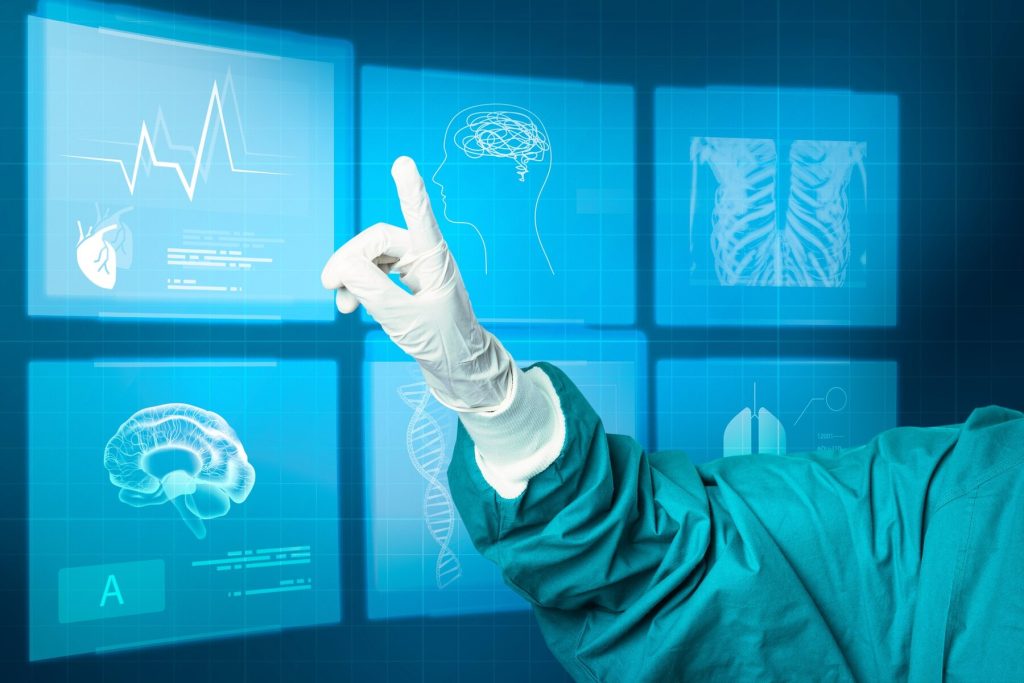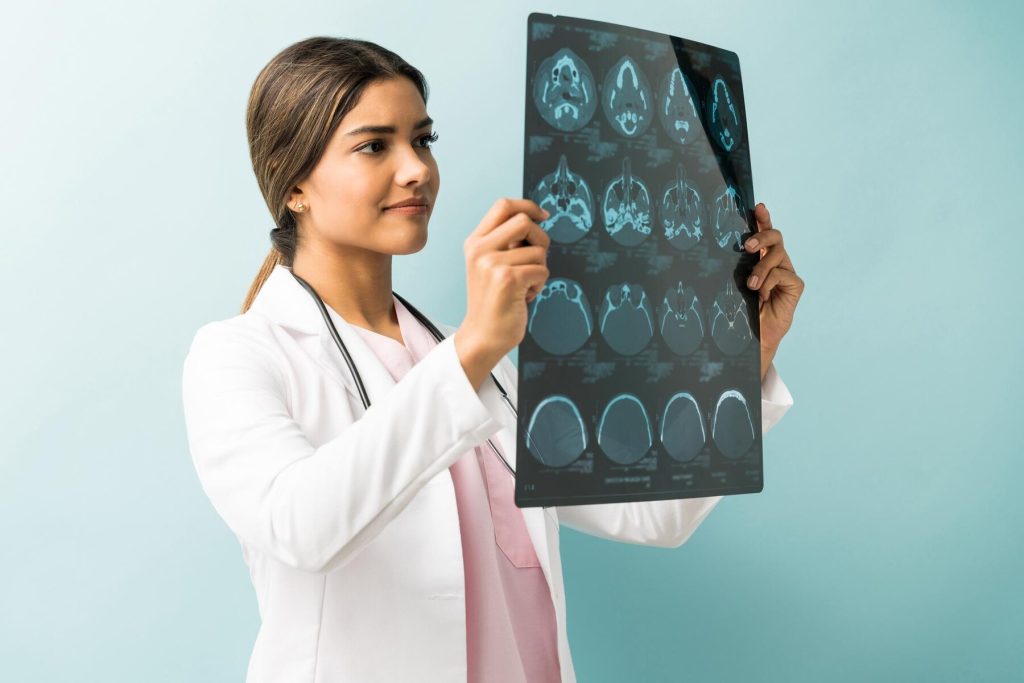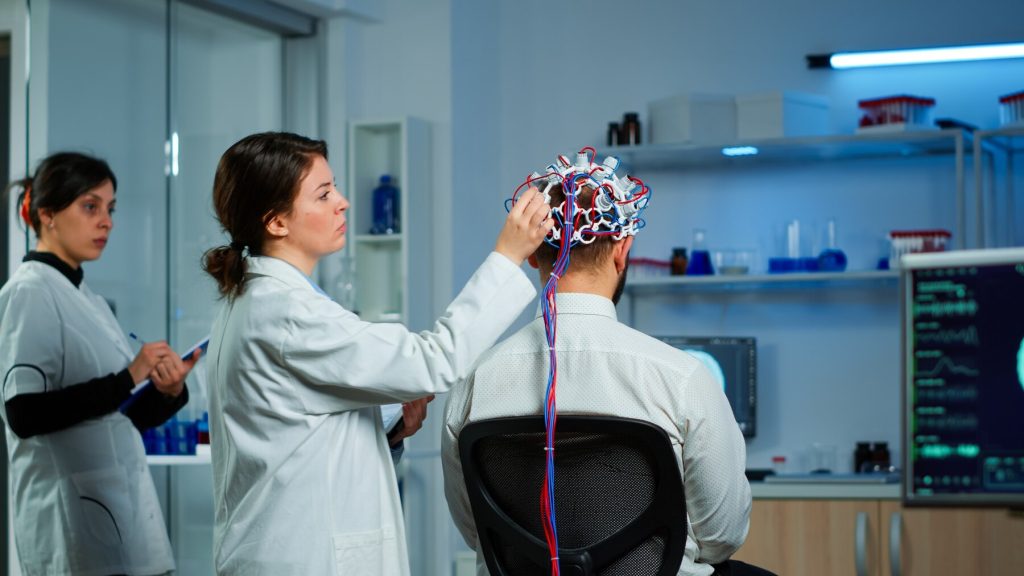Myasthenia Gravis typically presents with focal muscle weakness that worsens with activity and improves with rest. Common symptoms include drooping eyelids, blurred or double vision, difficulty speaking or swallowing, weakness in the limbs or neck, and in severe cases, respiratory distress. The progression and severity of symptoms can vary significantly from person to person.
Although there is no cure for Myasthenia Gravis, effective treatments are available to manage symptoms and improve quality of life. Intravenous immunoglobulin (IVIG) is commonly used to provide temporary relief by modulating the immune response and reducing the activity of harmful antibodies.
A newer treatment option is Efgartigimod
(Vivgart), a first-in-class therapy approved for patients with generalized MG who are AChR antibody-positive. Vivgart works by lowering the levels of disease-causing antibodies, offering a targeted approach to managing the condition.
Recently, CNO has initiated a clinical trial looking to confirm the therapeutic equivalence or superiority of Efgartigimod, a neonatal FC receptor blocker to IVIG, a standard treatment used in people with generalized seropositive Myasthenia Gravis.




